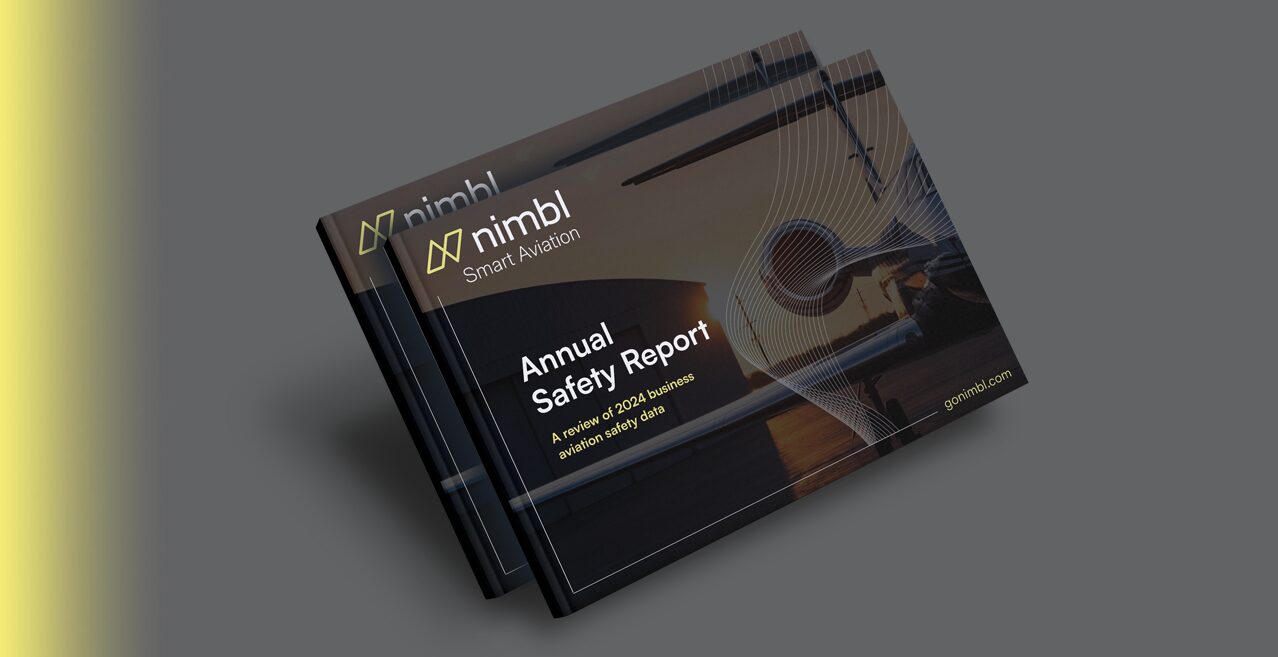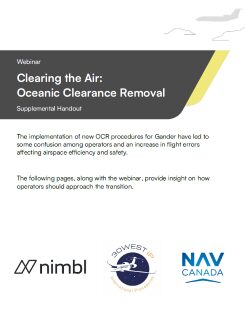Just because you have one or two LOAs stored in your aircraft doesn’t mean you understand them. Nimbl gets to the facts.
Although LOAs are a common requirement for Part 91 operators, there remains considerable confusion as to the details.
To clear the air, let’s look at some LOA facts.
Learn more: LOAs – what they are, who they’re for and how to get them
- An LOA is tied to the aircraft and operator, not the documentation.
Whenever an aircraft is sold or the operator changes, you must apply for a new LOA. If, however, the only change is to the documentation supporting the LOA (i.e., training certificates or operations manuals), then you do not need to apply for a new LOA. - LOAs do not expire.
Yes, way back when Reduced Vertical Separation Minimum (RVSM) was a new thing, LOAs came with an expiration date. However, this is no longer the case except in rare circumstances. Therefore, you do not need to renew LOAs on a regular basis. - Get it. Store it.
LOAs are typically ‘one-and-done’. Once you have it, stick it in your aircraft and leave it well enough alone. There’s rarely – if ever – a need to follow up with your Flight Standards District Office (FSDO). In fact, there’s only two reasons to speak to an FSDO about an existing LOA: to add an authorization (such as a new aircraft or capabilities) or to revise its information. - The FAA has authority to pull an LOA.
The FAA does have the authority to revoke an LOA. However, it is unusual for them to exercise this authority. For example, if you report an incident to the FAA, they could place a hold on an LOA while reviewing your records. - Only an operator (or their authorized representative) and the FAA have the authority to withdraw an LOA.
In other words, unless specifically authorized to do so, a third party cannot request that your LOA be withdrawn. - Part 91 operators don’t need to have IOMs regularly reviewed by the FAA.
Part 135 operators must have all changes to the IOM submitted as they happen.
Although the FAA doesn’t require Part 91 operators to update IOMs, they do expect you to stay current on changing procedures. Therefore, it is highly recommended that you invest in an update service. - You do not have to notify the FAA when you switch manual vendors.
You can change your vendor to your heart’s content without ever giving notice to the FAA. That being said, it’s always a good idea to inform your Principal Operations Inspector (POI) about any changes. - RVSM maintenance programs are no longer required.
The days of the RVSM maintenance program are gone, so you can stop maintaining them. - If you’re worried about losing an LOA when switching manuals, consider starting your manual as an additional IOM.
While the additional IOM is being reviewed, keep your current manual as is. Once you get the ok from the FAA, cancel the old service. This eliminates any ‘gap’ that could be misconstrued as being non-compliant with your LOA. Even though you would never actually be non-compliant, this strategy gives you an additional layer of support. - If you do run into trouble, seek the advice of an experienced, responsive vendor like Nimbl.
To learn more about how Nimbl can help, contact us today.
Related Resources
View All
View All




![MEL, MMEL, NEF: What are you required to have? [+ Free MEL Guide]](https://gonimbl.com/wp-content/uploads/mel-yellow-gradient.jpg)